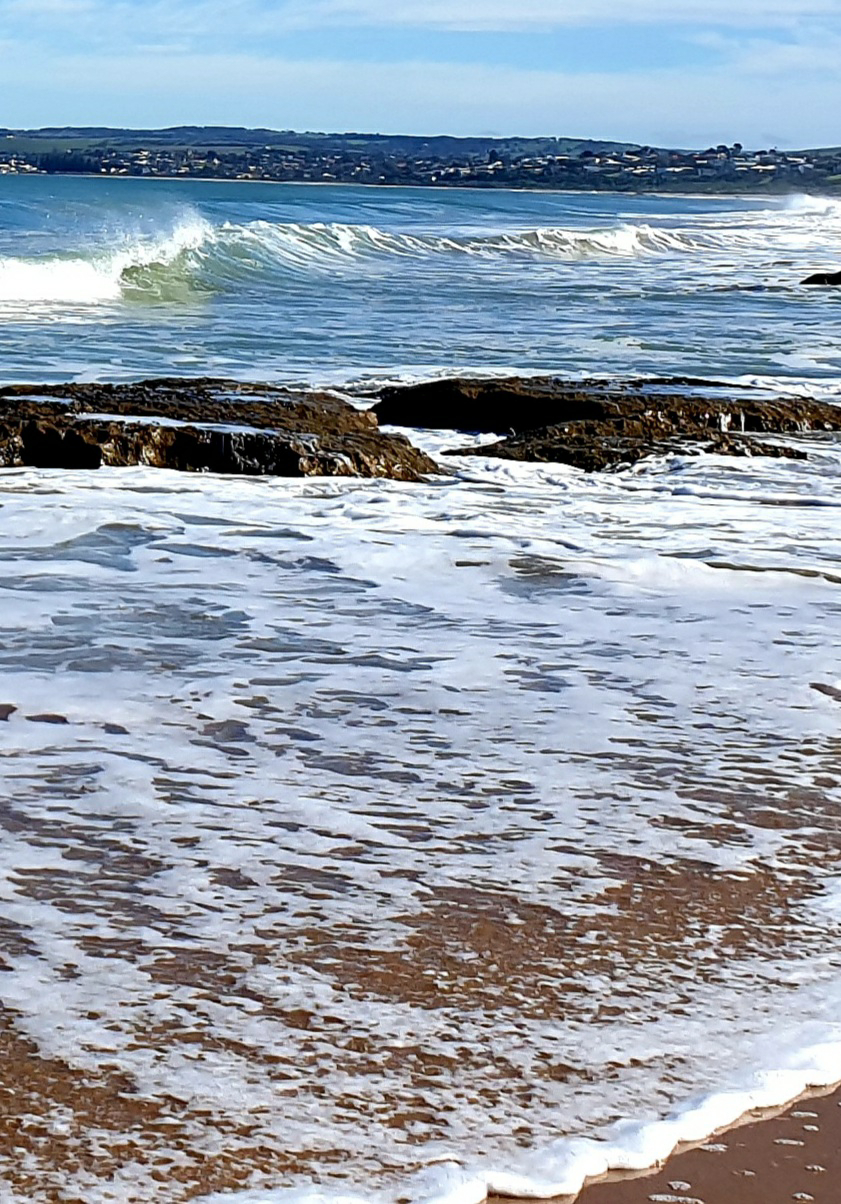Lent 4, Spiritual Practices ‘Rituals’
‘Rituals cross time, bringing the past into the present’
(p101 Sheldrake, Science and Spiritual Practices’)
There are places in the world that have a special resonance for me. One of those places is the city of Oxford in the Midlands of the United Kingdom where I lived for two academic years training for the priesthood in a former monastery located in the old working-class area of what is now a large industrial city worshipping in the monastic church of St John the Evangelist. I stayed in June last year at an Anglican monastery, the Sisters of the Love of God, an enclosed contemplative, an oasis of quiet and prayer. I am a Priest Associate of the Order. As always it was a joy to become part of the life of the community joining in the Daily Prayers from before dawn to dusk. Even mealtimes are a ritual activity, eaten in silence with a book read by one of the nuns. Every part of life forms a rhythm of word and silene.
One summer afternoon I walked into the city along the Iffley Road. With a new book from Blackwells and a coffee in the worlds oldest coffee houses I made my way to choral Evensong at Magdelen, the college of CS Lewis. In my day weekday choral evensong would have had a small congregation in addition to the chaplains and choir. To my surprise the chapel was packed for Choral Evensong sung most beautifully from the old 1662 Prayer Book. It was an achingly beautiful gathering by candlelight but I could tell that most of the visitors were strangers to Christian worship. Yet in the prayers and the welcome the clergy did their best to reflect everyday concerns and the needs of the world and to pray for all with sensitivity
‘Rituals cross time, bringing the past into the present’
In an anxious disenchanted world, many hunger for rituals. Visitors to a hospital chapel write requests for prayer and light candles in churches. UK Cathedrals are packed most Sundays with seekers. The sacred itself is often found by people in concerts and art galleries. Swifties on pilgrimage to Taylor Swift Concerts wear special wristbands and will hold up illuminated mobile phones to sway to the music. In Australia we have rituals such as Anzac Day services and AFL Grand Finals. When I first arrived in Australia in 1991 a small group of RSL veterans would gather for the dawn service. Now such occasions are packed with people who gather at the rising of the sun as we remember them.
John the Evangelist writes of Jesus as the Word, the Light of the World helping seekers navigate their back to God. We hear of the serpent, symbol of death restoring health and life and giving new direction.
So many of our rituals are about light. Many Anglican Churches face east to the rising sun. John the Evangelist depicts Christ as the true sun. As the sun gives life then seems to die at sunset to return at dawn the true star Christ gives eternal life to the cosmos created, renewed, and remade through the Holy Spirit the giver of truth who turns us to the Inward Light that illuminates our very being. The sun gives life, its an incredibly complex star full of electromagnetic activity, more complex even than the electromagnetic activity in our brains. Some of us get up to greet the rising sun or contemplate sunset. We light candles in worship and make use of ritual to tell our stories. The red sanctuary lamps a reminder of the eternal Presence of God.
Ancient words and actions connect us to the past and renew our lives. This is especially true on Easter Eve when after dark, the great light of the new fire is lit at the Vigil and the Candle is blessed to be lit throughout the 50 days of Pascha. The minister lifts the candle and sings ‘Christ the light’ and all respond ‘Thanks be to God’ an ecstatic cry of hope and trust in the Risen Christ.
‘Rituals cross time, bringing the past into the present’
The planet is now from space lit like a Christmas tree. Our streets are filled with illuminating advertising and screens are everywhere. In many cities of the world the sun is seen through a smog of fumes and few if any stars can be seen. We might say that this human light is like a kind of visual noise so that the sacred is lost and we remain lost and unfulfilled in the disenchantment of modernity. We have lost the rhythm of the great song of creation.
A Lenten practice may be to intentionally pray at dawn and dusk giving thanks for the life of light and life. Lighting a candle at home when we read scripture and pray or share a meal connects us to candles lit in church in prayer and in the Eucharist for as the old prayer book says in translation of a more ancient prayer from the old monastic office of Compline.
“Lighten our darkness, we beseech thee O Lord, and in thy great mercy defend us from all perils and dangers of this night. For the love of thy only Son, Jesus Christ. Amen







